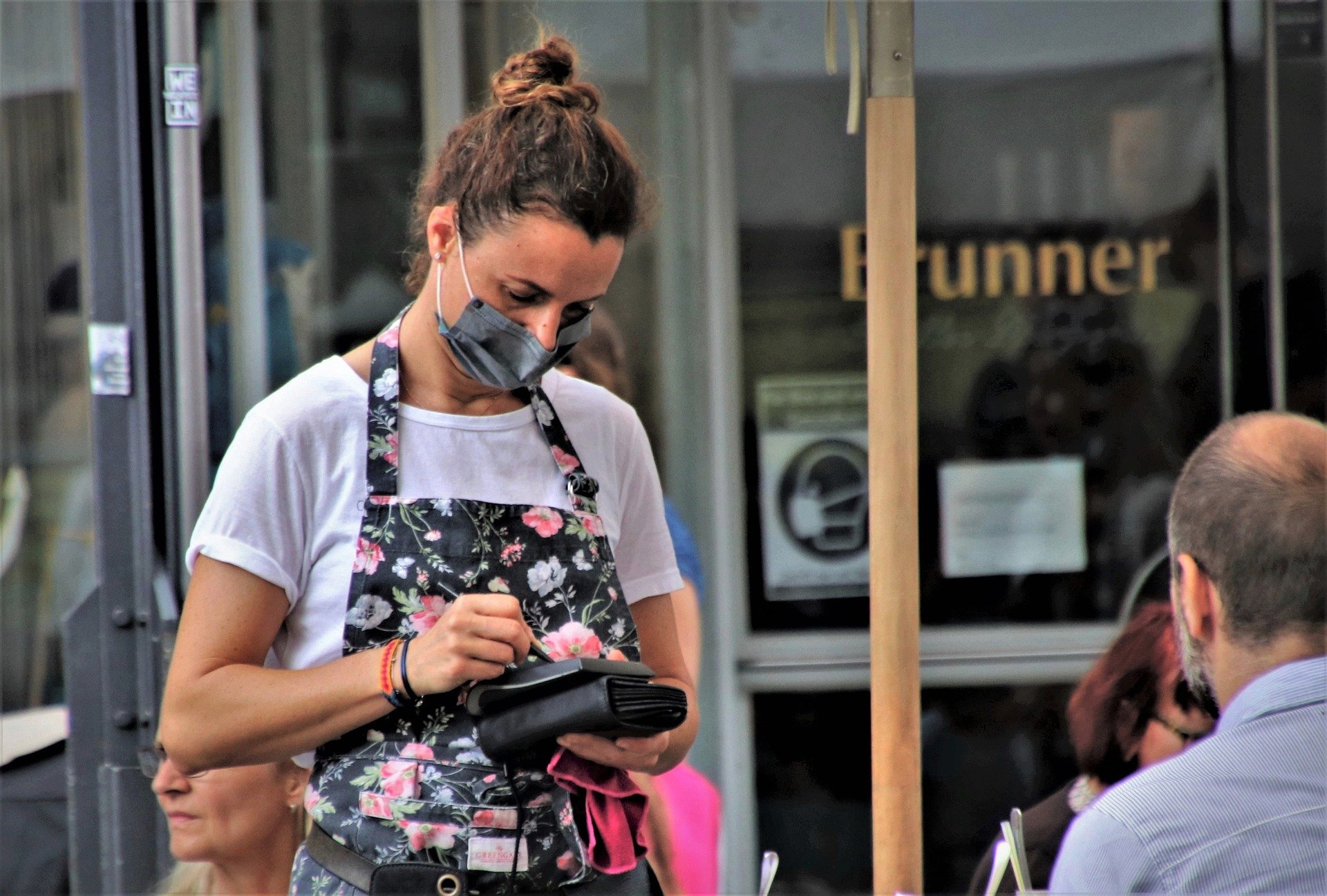
A new paper in The Economic Journal indicates that a large-scale government subsidy aimed at encouraging people to eat out in restaurants in the wake of the first 2020 COVID-19 wave in the United Kingdom accelerated a second COVID19 wave.
The COVID19 pandemic caused by the novel coronavirus hurt economies around the world. The hospitality sector was particularly vulnerable due to forced decline in tourism and leisure activities. This rippled across economies, as hospitality workers then reduce their spending and have trouble meeting basic expenses. Some governments have used fiscal policy to help the hospitality sector by stimulating demand. This paper explored to what extent an intervention in the United Kingdom, the Eat-Out-To-Help-Out scheme – had the inadvertent effect of promoting COVID19 infections.
The scheme was designed to encourage demand for hospitality and restaurant businesses. It directly subsidized the cost of meals and non-alcoholic drinks by up to 50% across participating restaurants across the UK for meals served on all Mondays to Wednesdays from August 3 to August 31, 2020. The discount was capped at a maximum of GBP 10 per person but there was no limit on how often people could benefit. Aggregate data suggest that the government subsidized 160 million meals were subsidized, costing the taxpayer £849 million. Restaurant visits increased drastically on Monday to Wednesday, which usually see less traffic. Official government statistics released at the end of January 202 suggest that at least 59,981 businesses have registered for the scheme.
Researchers here found that the program did have a notable temporary impact on restaurant visits when comparing year-on-year changes from the booking service OpenTable. During days that the scheme was available, restaurant visits increased between 10-200%. Yet, the data also suggests that the scheme may have shifted restaurant visits from the weekend to weekdays on which the discount was available and that the increased number of restaurant visits was temporary.
Areas with higher participation in the Eat-Out-To-Help-Out scheme saw both a notable increase in new COVID19 infection clusters within a week of the scheme starting, and a deceleration in infections within two weeks of the program ending. Areas that had notable rainfall during the prime lunch and dinner hours on days the scheme was active, making customers less likely to visit restaurants and take advantage of the subsidized meals, had a lower infection rate.
The empirical estimates suggest that the subsidized restaurant meal scheme may be responsible for around 11% of all new detected COVID19 clusters emerging during August and into early September in the United Kingdom.


Leave a Reply